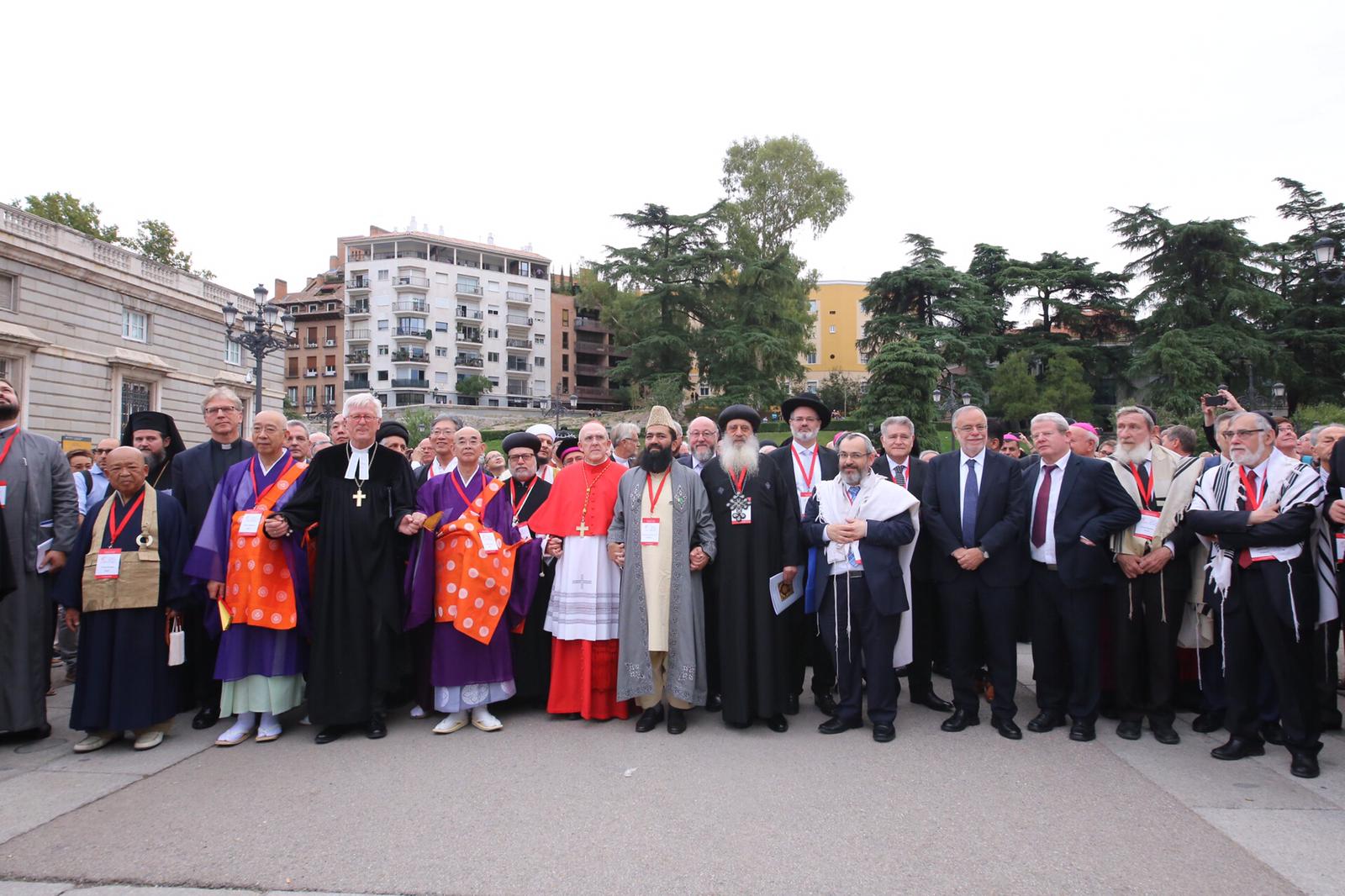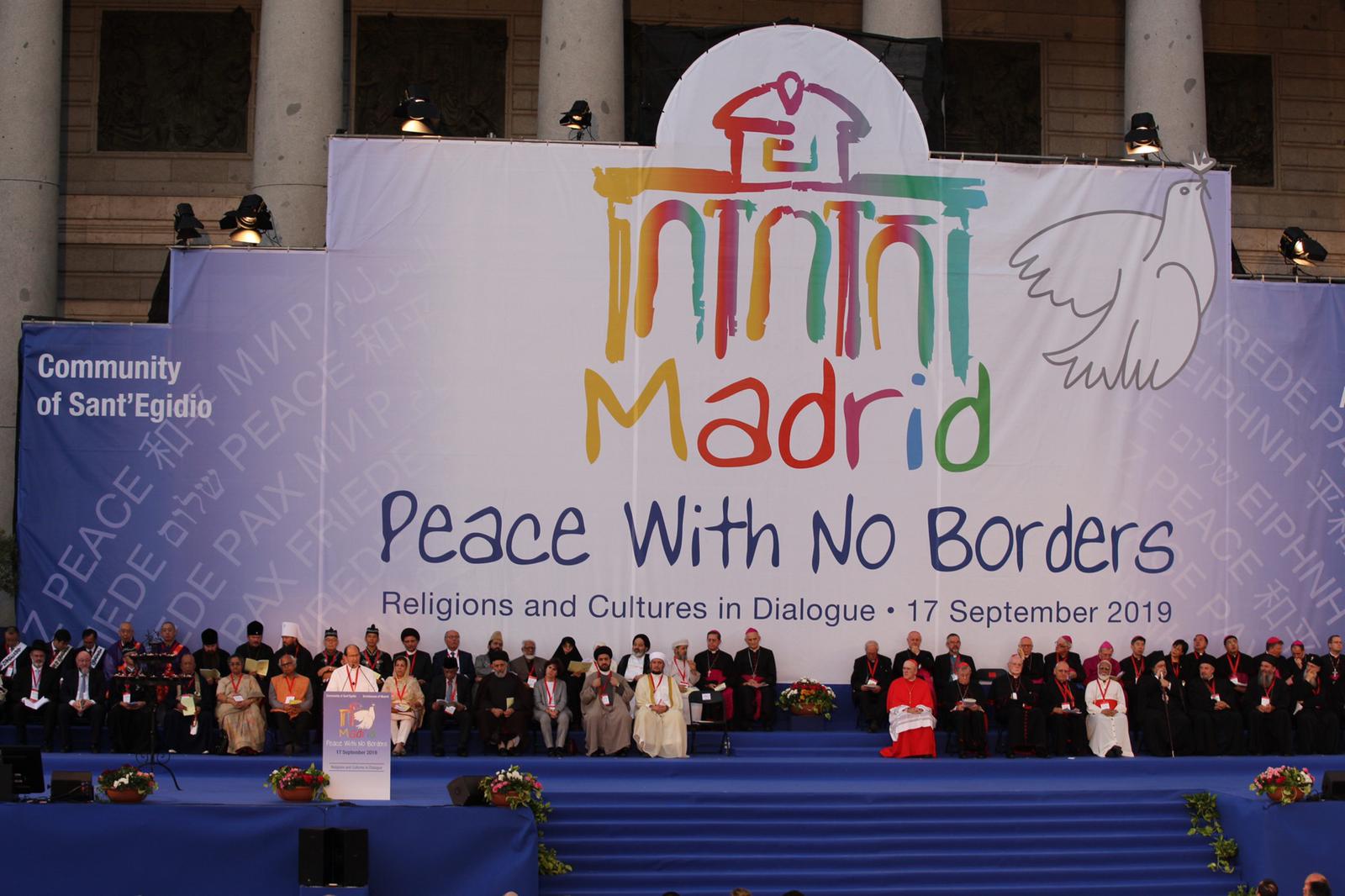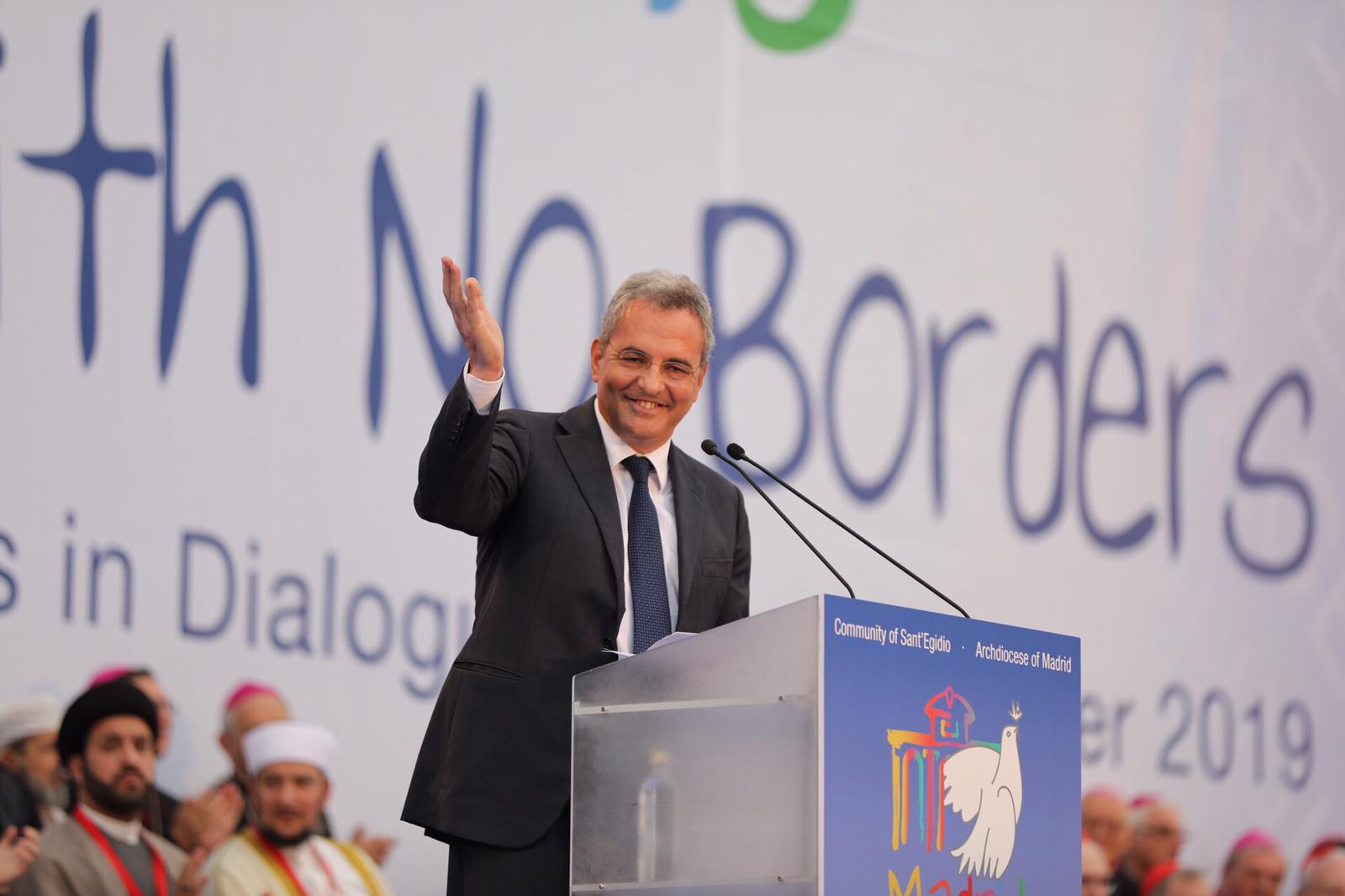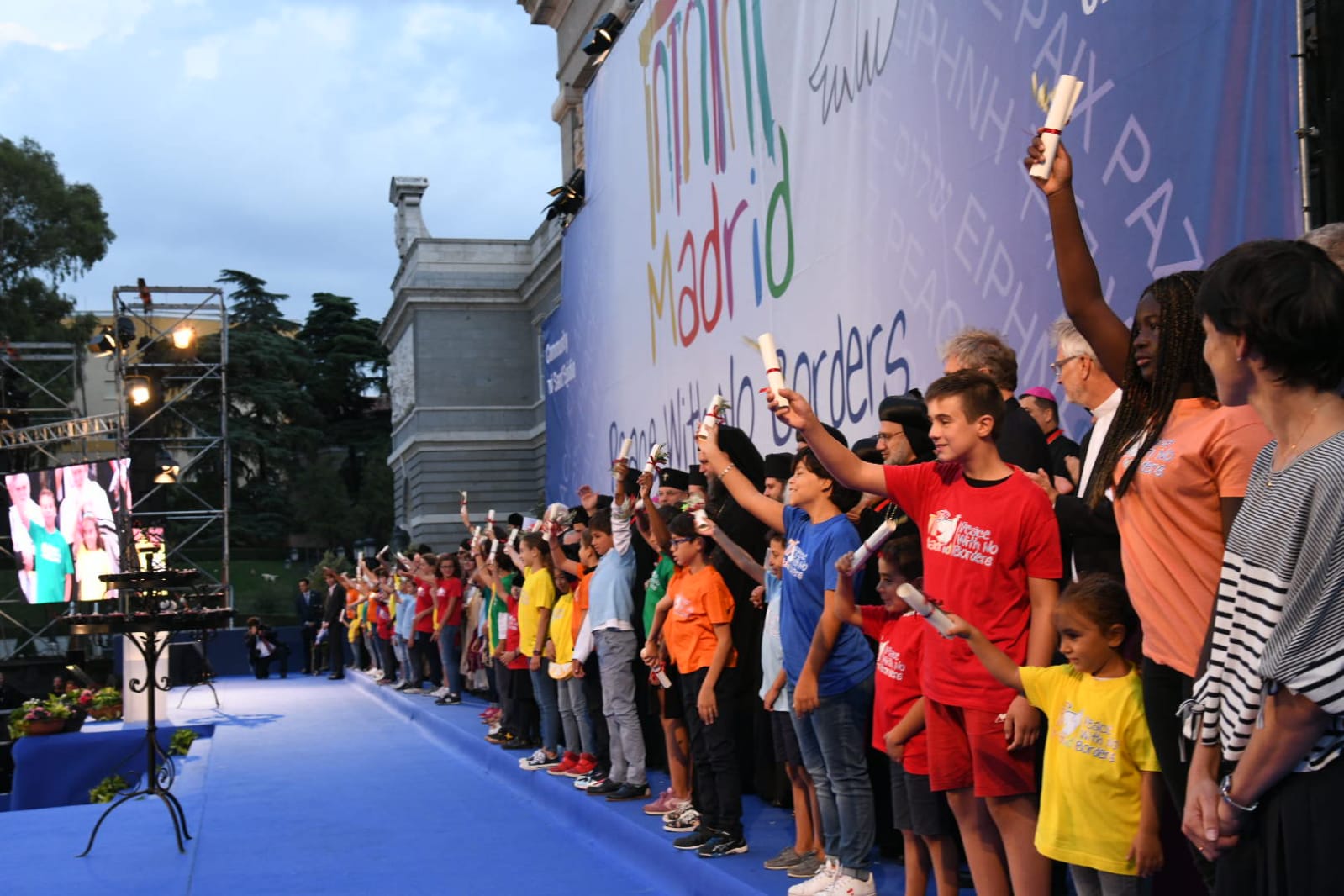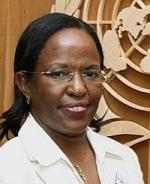
Talking Points
- It is my honor and pleasure to address this august gathering which brings together interdenominational leaders and peace activists to exchange views on this critical subject matter of “Peace With No Borders: Religions and Cultures in Dialogue”.
- I can’t thank enough, my colleague and friend Professor Andrea Bartoli who introduced me to this holy Community of Sant’Egidio which facilitated my participation.
- There could not have been a better time than now to speak about making peace and renewing our commitment to engage in dialogue as peace or at worst conflicts know no borders. At a time when the world continues to witness horrific events and crimes against humanity.
- I am happy to share a platform with my colleagues and practitioners- Adama Dieng, Mo Bleeker and Andrea Bartoli who are engaged in the prevention of Genocide and Mass atrocity crimes through GAAMAC.
Great Lakes Region of Africa and Prevention of Genocide
- I come from Tanzania and the Great Lakes region of Africa that has had a very turbulent past and experienced the world’s deadliest conflicts including genocide in Rwanda of 1994.
- As the genocide unfolded in Rwanda, the UN Security Council spent hours discussing what to call it and what action to take. Hence the world watched and did nothing to stop it, save for a few committed peacekeepers from Ghana who did all in their power to save lives. Over the course of 100 days nearly 1 million people, mostly Tutsis, were murdered by the country’s extremist groups and people.
- The aftermath of the genocide saw a refugee crisis in neighboring countries and new conflict in the DRC. The cost of the ensuing humanitarian crisis was beyond imagination both in human casualties and monetary costs.
- At one time, the countries of the Great Lakes region produced more refugees and internally displaced persons (IDPs) than any other region in the world.
International Conference on the Great Lakes Region
- Following Rwanda genocide in 1994, the Heads of State and Governments from the Great Lakes Region signed a legally binding Pact on Security, Stability and Development in the Great Lakes, in Nairobi Kenya on December 2006.
- They did so under the auspices of the UN and AU with the participation of 11 countries; Angola, Burundi, Central Africa Republic, Democratic Republic of Congo (DRC), Kenya, Republic of Congo, Rwanda, Tanzania, Uganda, Sudan, and Zambia. South Sudan joined in 2011.
- The Pact was an important milestone in the search for peace and stability in the region. It established the International Conference on the Great Lakes Region (ICGLR), an intergovernmental body and the Secretariat.
- It also established follow up regional mechanisms including the Summit, forums and national coordination mechanisms for effective implementation of the Pact and programs of peace and security, good governance and democracy, humanitarian issues and socio-economic development programs.
- The regional approach was seen as the most viable framework for prevention and putting an end to mass atrocities as a collective responsibility of all states and people.
- The signing of the Pact demonstrated the strong political will of States to build structures and expand the scope of responsibility to prevention beyond governments. This scope would include the civil society and other stakeholders such as women and youth groups.
- The Protocol on Prevention and the Punishment of the Crime of Genocide, War Crimes and Crimes against Humanity and All forms of Discrimination is one of the 10 Protocols contained in the ICGLR Pact on Security, Stability and Development (2006).
- The Protocol under its preamble and Article 9 aims at combatting impunity by reaffirming that in “accordance with the Statute of the International Criminal Court, that the most serious crimes which affect the whole international community should not remain unpunished (…)” and “Member States particularly undertake to take the appropriate measures to neutralize, disarm, arrest and bring before the competent courts the perpetrators of genocide (…) and authors of war crimes or crimes against humanity (…)” .
- In addition to this Protocol with a specific focus on prevention as a regional aspiration, there are other protocols that focus on related causes and what drives violent conflicts in the region. They also explore the history of grave human rights abuses, the illegal exploitation of natural resources, influx of refugees, and insecurity of common borders among many others.
- The Great Lakes Region is thus currently a leading example of a binding commitment to state-led initiatives to prevent genocide and mass atrocities despite enduring hostilities within and between states and communities. The emerging prevention mechanism provides a shared space for learning and practice by state and civil society leaders
- I was privileged to head the Secretariat as its first Executive Secretariat. I had the enormous responsibility to sustainably transform legacies and cycles of violent conflicts and genocide to peaceful co-existence between communities and countries of the region.
Key Mechanisms toward the Prevention of Genocide and Mass Atrocities in the Great Lakes Region
- The ICGLR established regional and national mechanism to lead the development of a coordinated national strategy for the prevention of atrocity crimes, a policy led by governments with the support of civil society. They include representatives from relevant areas of the government and civil society organizations to assess and implement programs towards prevention, including the development of preventive policies to bolster resilience of states to atrocity crimes.
- These mechanisms differ from country to country, but all hold mandates and conduct activities geared toward the early protection of vulnerable populations (early detection and early action) and communicate and interact with regional and international organizations concerning atrocity prevention.
- Thus, the structure and composition of ICGLR mechanisms reflect a multi-level and multi-dimensional approach to implementing the protocol on the Prevention of Genocide and Mass Atrocities.
Conclusion:
- Prevention requires a wholistic, an interdisciplinary approach and a multi-level and multi-sectoral scope;
- The international community has taken several steps to improve its ability to prevent and respond to genocide and mass atrocities. The Global Action Against Mass Atrocity Crimes(GAAMAC) platform is one of the efforts to ensure that prevention becomes a corner stone priority through active engagement of state actors and civil society.
- With the adoption of the Responsibility to Protect commitment to action adopted at the 2005 World Summit, the UN Member states agreed “to take collective action, in a timely and decisive manner…should peaceful means be inadequate and national authorities are manifestly failing to protect their populations from genocide, war crimes, ethnic cleansing and crimes against humanity.”
- In other words, as former President Benjamin Mkapa of Tanzania said then:
- "In the aftermath of the genocide in Rwanda, and in light of the massive influx of refugees in the Great Lakes Region, it is inevitable to conclude that the principle of non-intervention in the ...internal affairs of the states can no longer find a codified absolute legitimacy. The states must firmly be placed on notice that the humanity we all share bounds that we should collectively have an interest in human rights, in its promotion as well as in protection."
- Strengthening national institutions and legislations not only will increase the national capacity to investigate and prosecute atrocity crimes but also will increase the likelihood to prevent the recurrence of committing atrocity crimes.
- Further, addressing accountability needs to include a preventive lens: dealing with the past or transitional justice is a key component (holistic strategies combining mutually reinforcing legal and non-legal measures and addressing root causes).
- Indeed, when properly combined and designed, these strategies contribute to the strengthening of rule of law while addressing the root causes to promote more inclusive and just societies; this in turn contributes to prevent the recurrence of violence and the commission of atrocity crimes. “Local” ownership and inclusive participation of communities and civil society organizations are key in this regard.
- We need to convince policymakers to invest in conflict prevention and efforts that target the root causes and drivers of violence.
- We need to focus on programs that address deep-seated issues, builds stable institutions, and supports vibrant civil societies that can act as a bulwark against identity-based violence.
- Interventions must be driven by our values and not short-term interests.
- We must put money where our mouth - budgets reflect our values.
- As put it by one scholar, “ prevention-focused foreign policy would save lives as well as money and resources”.
- Advocating for the application of an atrocity prevention lens in specific contexts
